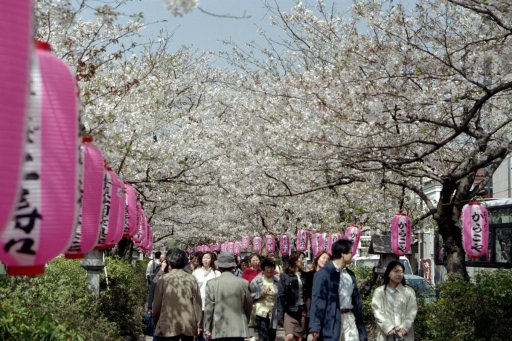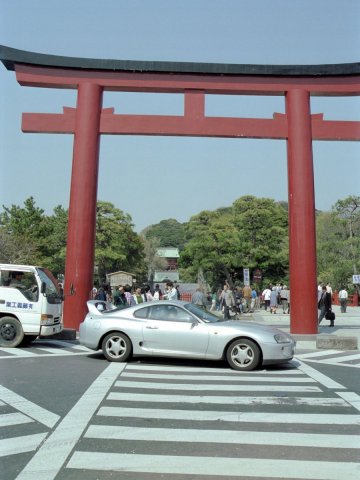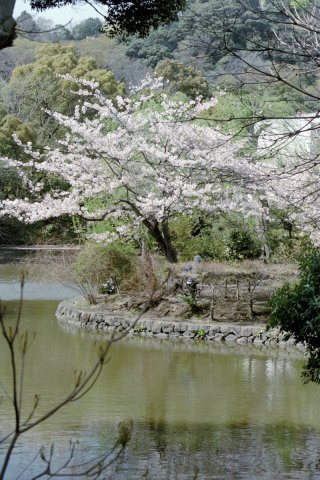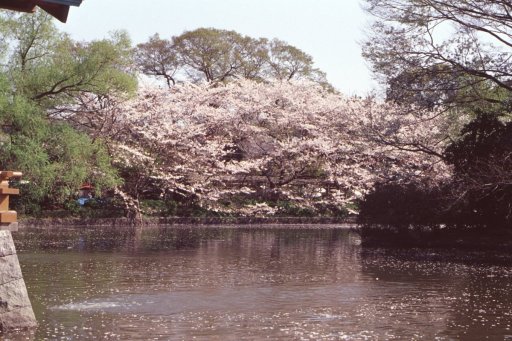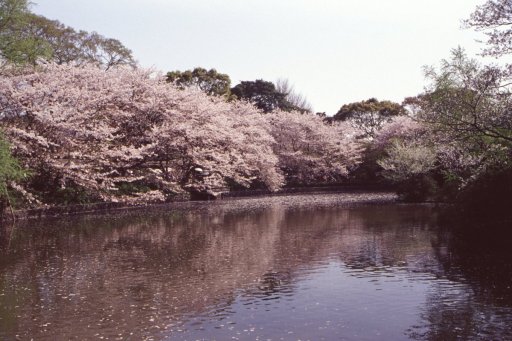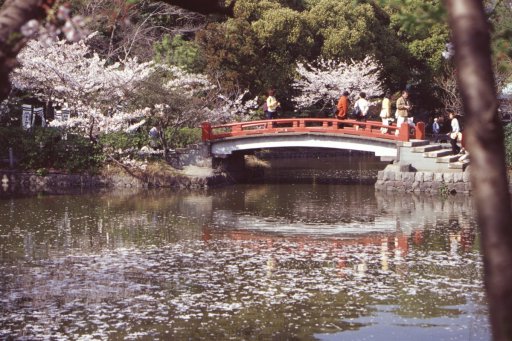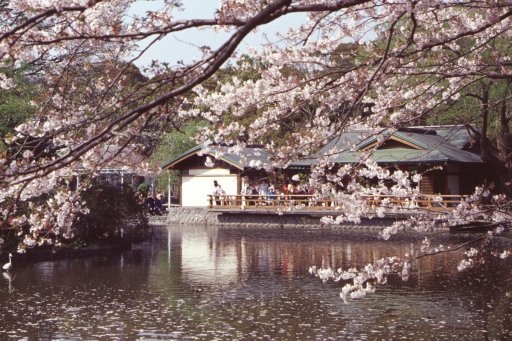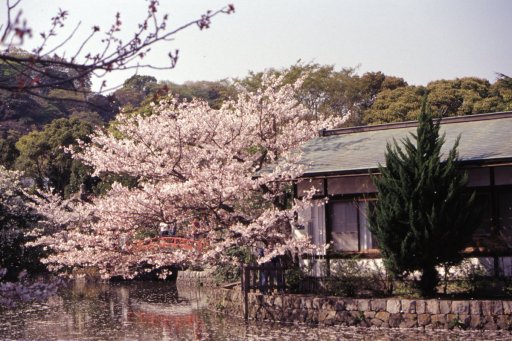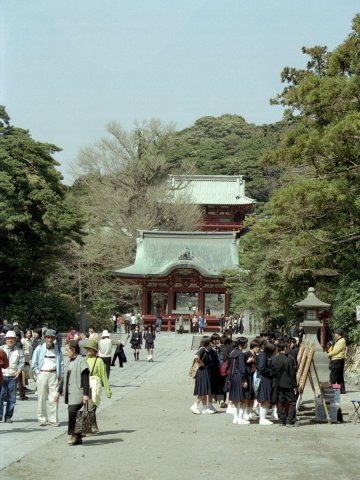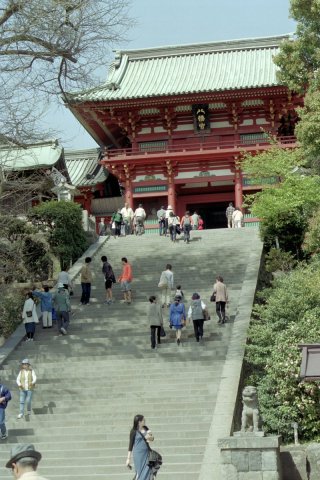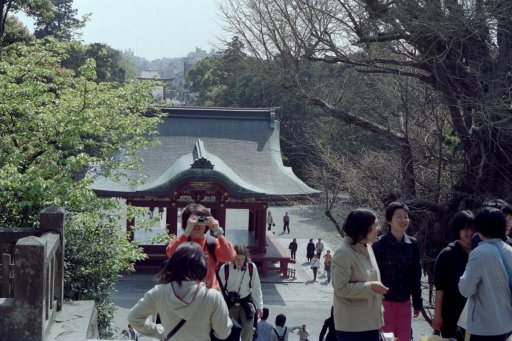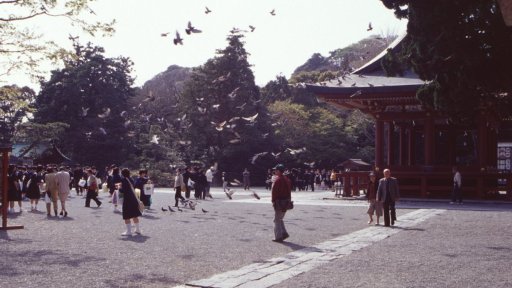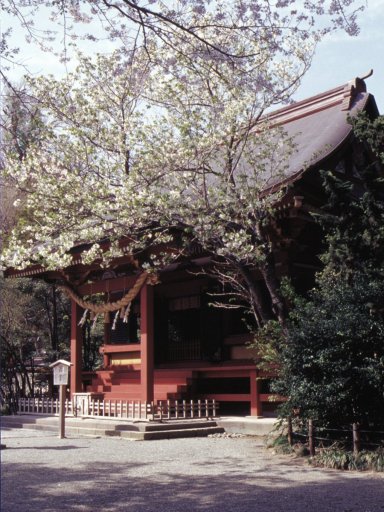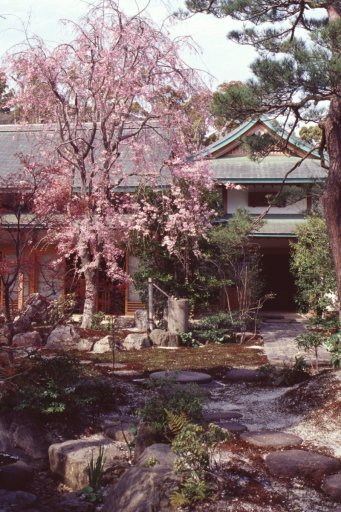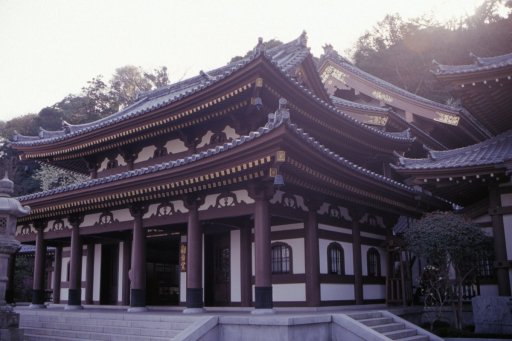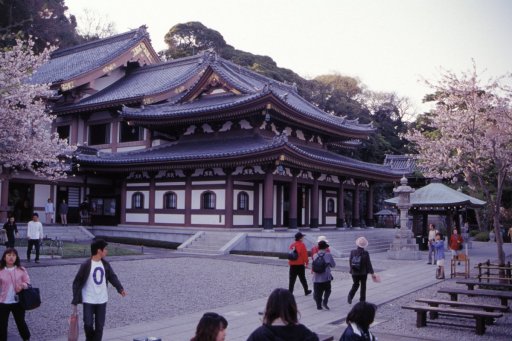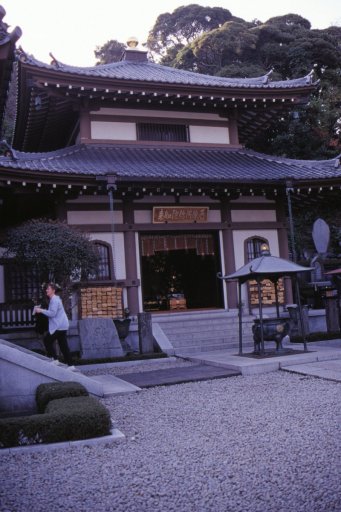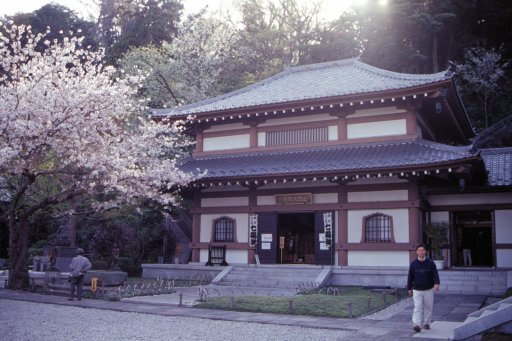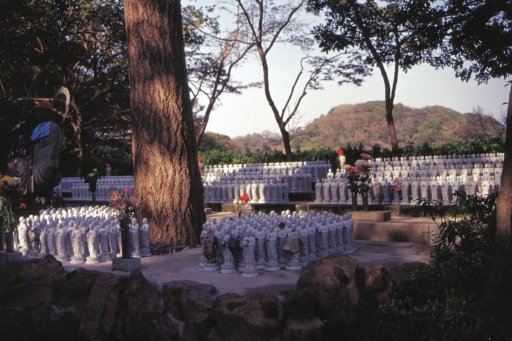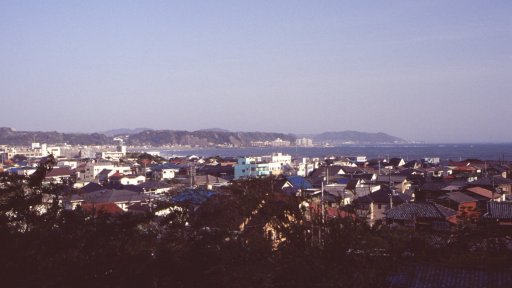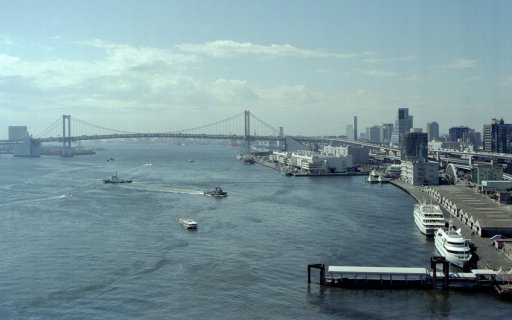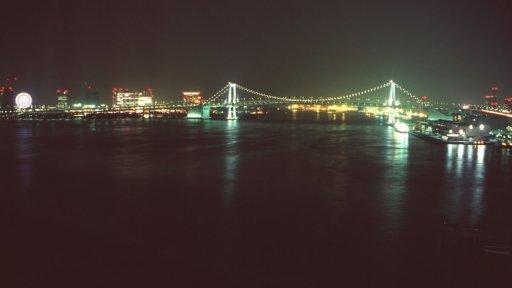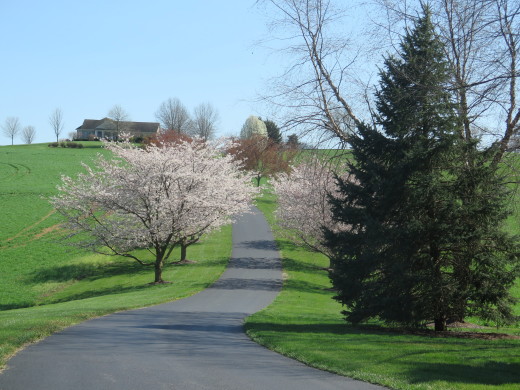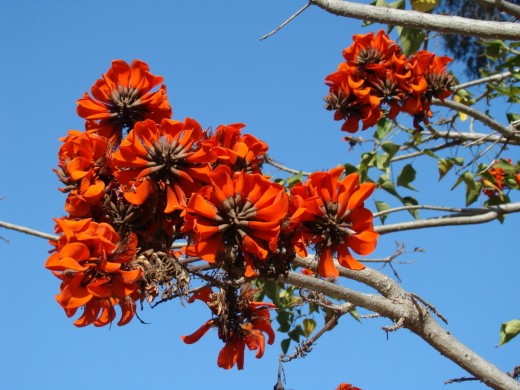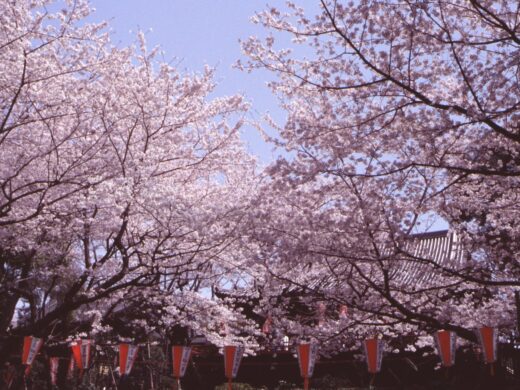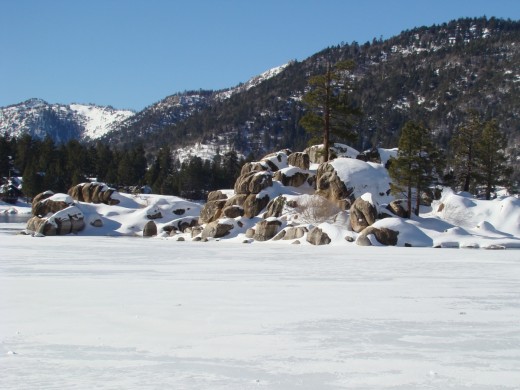Springtime in Japan part 2
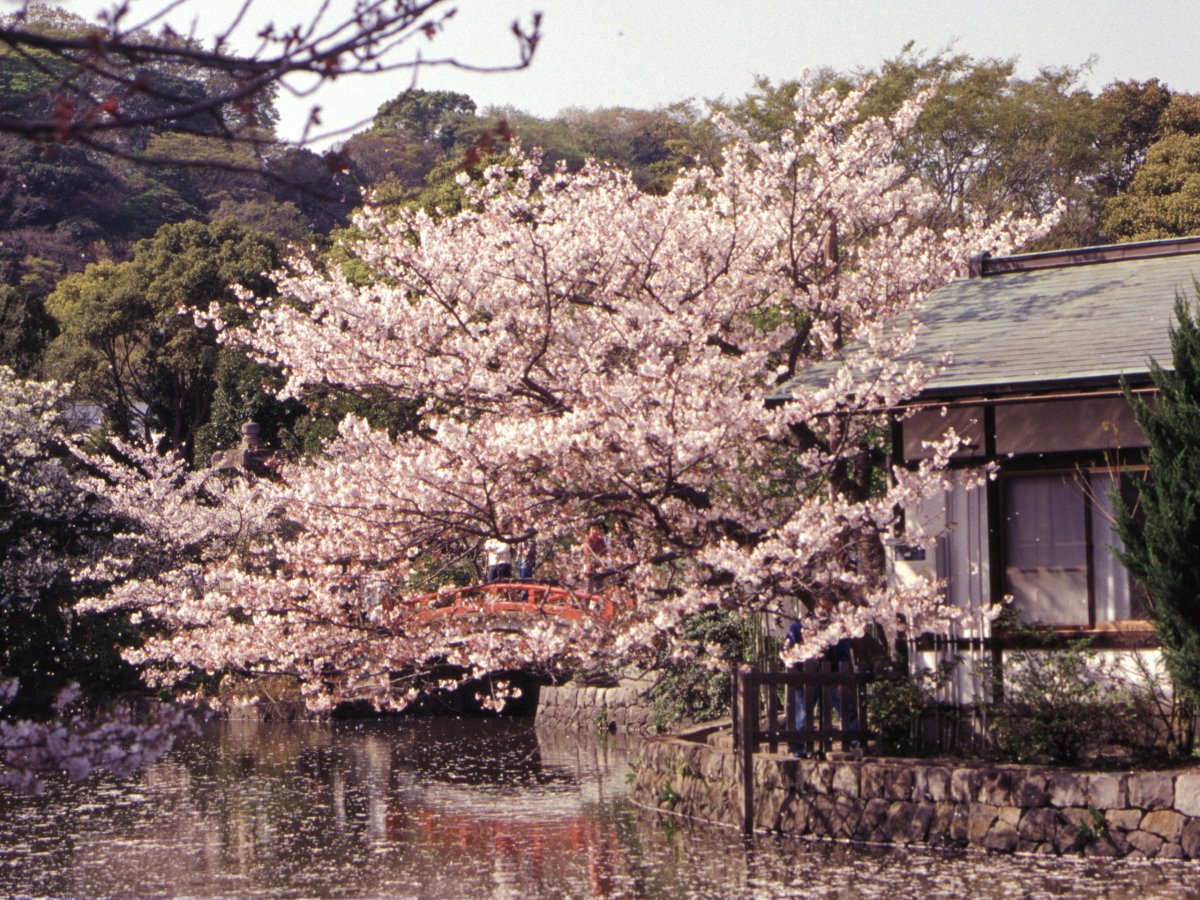
The tour of my visit to Japan when the cherry trees were in bloom continues in this post. The next location visited is the seaside city of Kamakura which is just a little over an hours train ride from Tokyo. Kamakura was once the capital of Japan from 1185 to 1333 so is notable in Japan’s history.
From the train station I went on the broad street called Wakamiya Oji until I came to the Dankazura walkway which was lined with trees providing a canopy of cherry blossoms.
This is San no Torii one of the three massive torii shrine gates along the way and it is at the entrance to the Tsurugaoka Hachimangu Shrine which can be seen in the distant background. The modern car provides a striking contrast to the ancient gate.
The Tsurugaoka Hachimangu Shrine grounds have two ponds. This one on the left when entering the grounds is named Heike Pond.
The origin of the two ponds dates back to 1182 when they were created on the order of Hojo Masako the wife of the first shogun Minamoto no Yoritomo.
In the summer the ponds will have lotus plants in bloom but at this time the water provides a reflection of the trees.
The pond on the right is named Genji Pond. The red bridge which connects to
this rest house which provides a space for relaxing and spending time.
Another view Genji Pond.
After checking out the ponds it was time to continue to the temple. The building in the foreground is Maiden, a stage for dance and music performances, which was built in 1193.
The stone steps lead up to the main shrine which was originally built in 1063 at another location and moved in 1191 to its present location.
A view back the way I came and on a clearer day the ocean would be seen in the distance.
Tsurugaoka Hachimangu is now just a Shinto shrine but, for the almost 700 years from its beginning was also a Buddhist temple. However with the Shinto and Buddhism Separation Order of 1868 it became Shinto only. Pigeons are believed to be a messenger of the deity Hachiman and were certainly in abundance here.
Before moving the the next location here are two other buildings with spring color.
The next stop on my tour was the Hasedera Temple. According to legend the temple was established in the 729-749 time period. However there is documentation suggesting the temple came into its own during the 1192-1333 time period. In either case it has been around for a long time.
The temple complex has two levels and on this level there are three buildings. This the Hondo, or Main Hall, which has a 30 foot wooden statue of the Kannon Goddess.
The second is the Amida Hall. The Amida is the Buddha of Immeasurable Light and Life. Inside the building there is a large golden statue of the great Amida. In the photo just a few small light reflections off gold can be seen.
The third is the two-storied Treasure Hall, or Homotsukan, constructed in 1980. It was renovated and opened in 2015 as the Kannon Museum.
On grounds of the temple there are thousands of little Jizo stone statues which are there to comfort the souls of unborn children.
There is an observation platform which has a good view of the city of Kamakura, the beach and the sea. This is a good place to end the tour of Kamakura as well the tour of Spring colors.
Returning to Tokyo I was in need of some rest and relaxation. For this trip I stayed at the Hotel Inter-Continental Tokyo Bay and my room had a good view of the bay and all the goings on in it.
Tokyo Bay was also nice to observe at night.
So to answer what I set out to do at the beginning of the first post which was to see for myself if the cherry blossoms live up to what people say about them. The answer for me was a resounding yes. Of course it helped that I was there during the short period when the cherry blossoms were at their peak. Be sure to check out part 1 of Springtime in Japan if you haven’t yet done that.
More Information:
